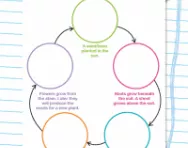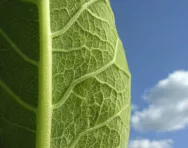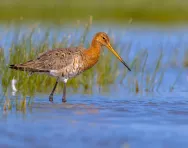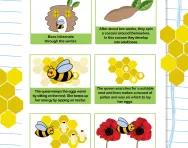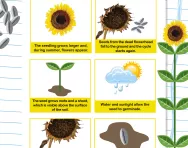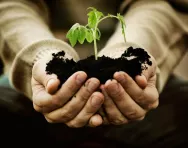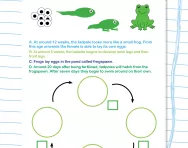Important update from TheSchoolRun
For the past 13 years, TheSchoolRun has been run by a small team of mums working from home, dedicated to providing quality educational resources to primary school parents. Unfortunately, rising supplier costs and falling revenue have made it impossible for us to continue operating, and we’ve had to make the difficult decision to close. The good news: We’ve arranged for another educational provider to take over many of our resources. These will be hosted on a new portal, where the content will be updated and expanded to support your child’s learning.
What this means for subscribers:
- Your subscription is still active, and for now, you can keep using the website as normal — just log in with your usual details to access all our articles and resources*.
- In a few months, all resources will move to the new portal. You’ll continue to have access there until your subscription ends. We’ll send you full details nearer the time.
- As a thank you for your support, we’ll also be sending you 16 primary school eBooks (worth £108.84) to download and keep.
A few changes to be aware of:
- The Learning Journey weekly email has ended, but your child’s plan will still be updated on your dashboard each Monday. Just log in to see the recommended worksheets.
- The 11+ weekly emails have now ended. We sent you all the remaining emails in the series at the end of March — please check your inbox (and spam folder) if you haven’t seen them. You can also follow the full programme here: 11+ Learning Journey.
If you have any questions, please contact us at [email protected]. Thank you for being part of our journey it’s been a privilege to support your family’s learning.
*If you need to reset your password, it will still work as usual. Please check your spam folder if the reset email doesn’t appear in your inbox.
What is a life cycle?
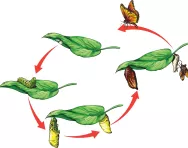
What is a life cycle?
A life cycle is the different stages of life for a living thing. In science it is usually displayed as a circular diagram showing each stage in words and/or pictures.
A life cycle is presented as a circle to show that seeds / offspring are created as part of the cycle.
What do children learn about life cycles in primary school?
Children will learn about the life cycles of a range of plants and animals.
Here are some examples:
Oak tree (plant):
Acorn (seed) --- seedling --- sapling --- oak tree
Robin (bird):
Egg --- chick --- fledgling (young bird) --- robin
Frog (amphibian):
Spawn --- tadpole --- froglet --- frog
Butterfly (insect):
Egg --- caterpillar --- chrysalis --- butterfly
Human (mammal):
Baby --- toddler --- child --- adolescent --- adult


Download Fantastic Science Resources Today!
- Experiments And Science Fun pack
- Science Learning Programme for each school year
- All the instructions, questions and information you need
When are children taught about life cycles in primary school?
In Year 1 children will observe and keep records of how plants change over time.
Year 2 children learn that animals have offspring and observe seeds grow into plants.
Year 3 children observe the plant life cycle and learn about seed dispersal.
In Year 5 children will consider the similarities and differences between the life cycle of mammals, amphibians, insects and birds. They will observe life cycles of different plants and animals. Children will learn how a human develops.
How are children taught about life cycles in the classroom?
Children will be given opportunities to observe and document the life cycles of different plants and animals through practical activities, researching in books or watching video clips on the computer. They might see:
- How fruit and vegetables grow
- How frog spawn develops
- How chicks hatch and grow into chickens
- How caterpillars develop into butterflies.
Children will draw and present life cycle information by ordering pictures, completing templates (like the circle template below) and drawing their own diagrams.

Life cycle activities for at-home learning:
- Grow fruit, vegetables and/or flowers from seeds
- Visit a farm park to observe animals with their offspring
- Cut pictures out of magazines or newspapers and create your own life cycle diagram
- Visit a garden centre and look at the seeds and plants at different stages of growth
- Look through family photo albums and make your own life cycle diagram with images of family members at different stages of their life









